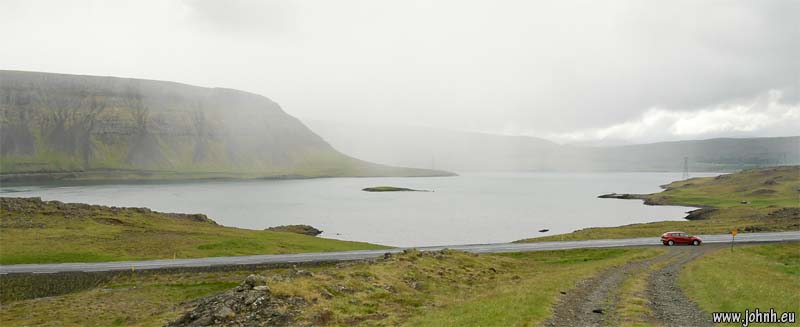Travel
Historic Marseillan, a fishing port on the Bassin de Thau since the 12th century. More peaceful than Marseille and the air is clearer. The Bassin de Thau is famous for its oyster beds; it’s a lagoon, a geomorphologic synclinal; the corresponding anticlinal is the mountain of the Gardiole to the north-east. Nowadays, the Marseillanais grow vines, brew the vermouth Noilly-Pratt created in Marseillan in 1813 and still enjoy their comedy in their Italian theatre; there’s a chateau and of course a church, this one with richly-coloured stained glass windows and a tower dating from the 11th century. But mostly the visitors enjoy the port with a selection of historic and modern vessels moored at its old quays.
One of the more impressive Roman ruins in Provence that you can still happen across walking along a path, without the mediation of a guide or Visitor Centre. In an idyllic location behind Chateau Bas, whose vineyards produce very pleasing wines in the Coteaux d’Aix appellation contrôlé, the Roman ruins are thought to be a temple to Jupiter and Minerva because of inscriptions found nearby on the same site. However the peaceful rural site reeks of Silvanus, the Romans’ woodland god. The Corinthian style of the remainign column suggests the Augustan era.
Hólmavík, gateway to the Westfjords, the first place on this trip that I might actually want to come back to. It’s calm and overlooking its own fjord, Steingrímsfjarður. Snow on the mountains far away on another peninsular. Still enough of the comforts and utilities of modern life but with mostly gravel roads in town and muddy 4x4 vehicles driving on them. No traffic lights: you can watch a car approach around the bay then follow it visually and aurally all the way to its destination in the town.
It’s a serious drive to get here, several 350 m. passes - think car commercials country - and the scenery is magnificent but the bleak beauty of the Westfjords proper only starts from Hólmavík onwards. There’s the long valley of Steingrímsfjarðarheiði leading to a 400 m. pass, just a turf-roofed bothy and a couple of aerial masts at the summit. The river down the far side falls over a sequence of rock steps, gaining flow each time, each waterfall more impressive than the last.
Amazing drive in light rain round Hvalfjörður (fjord) on my way to Ólafsvik from Þingvallavegur: it’s the old road the long way round the fjord, there’s a tunnel now for the main road between Reykjavik and the north-west. Sweeping curves and rolling hills, the sort of road they use for car commercials. Puffins, Terns and lots of other seabirds on the shoreline and in the cliffs. So much wonderful bird noise. I wasn’t sure whether to expect a Top Gear TV crew round the next corner or a BBC Wildlife presenter!
I arrived at Ólafsvik over the pass from the south of the Snæfellsjökull peninsular. The major industry in the area before tourism has been fishing. There’s a still a canning and freezing business in the town and a few ships in the port, the Gudmundur Jensson and Ólafur Bjarnason of Ólafsvik and the Magnús of Hellissandur.
Some roads here in Iceland are are fantastic but I’ve been glad of the hire car rather than a motorbike, though there are bikes on the roads - I’ve chatted with a German couple and an Italian, each on big BMW motorcycles.
- Þingvallavegur
- Gullfoss and Geysir
- Snæfellsjökull
- Steingrímsfjarðarheiði
- Hólmavík and the Westfjords
Tourists looking through the railings at the “La Villasse” Roman site to avoid paying the admission charge in Vaison-la-Romaine at the foot of Mt. Ventoux in Provence. The Roman sites at Vaison were mostly excavated and reconstructed with scant regard to academic archaeological practice by Canon Joseph Sautel and his team between 1907 and 1952; what we see now is to some extent a theme park rather than an accurate reconstruction. This arch was dubbed “The Basilica” but it seems more likely to have been the baths. The rest of this site are thought to be a street with shops and nearby villas. Nearby are the Praetorium, Nymphaneum. Vaison’s open-air Roman theatre has been mostly reconstructed (and is now active with modern shows) after the decommissioning of the railway line which had been was built across what had been the stage.










